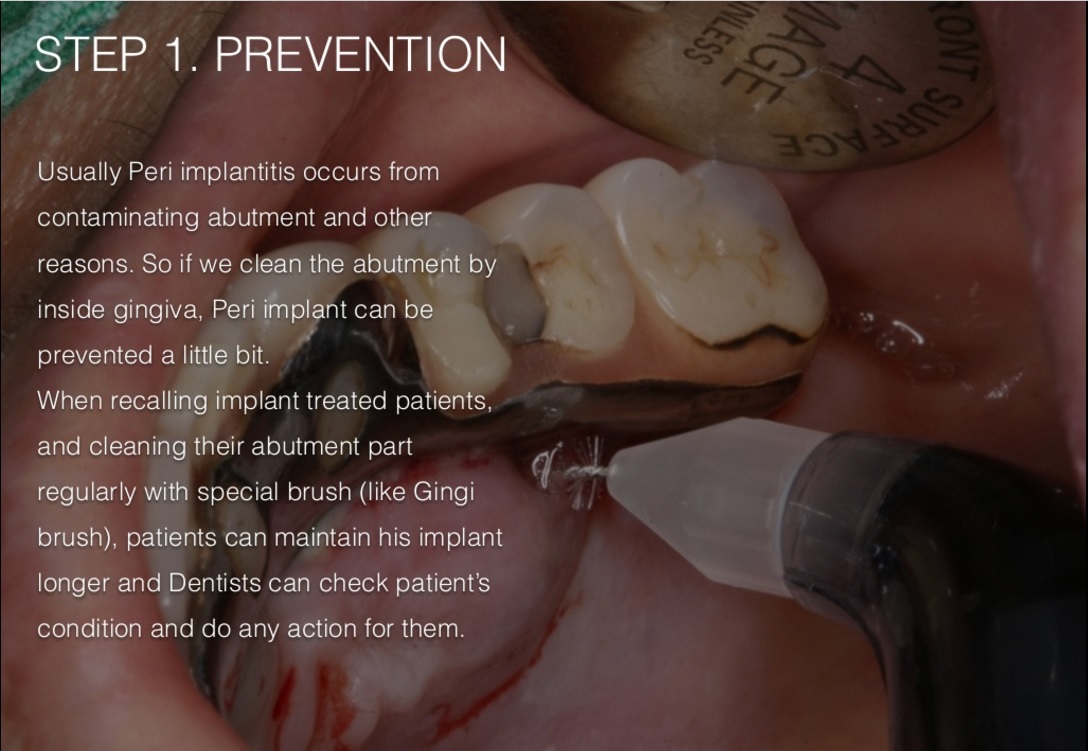

The net result is the replacement of segments of the recipient genome instead of the simple addition of genetic material during horizontal gene transfer. Analyses of these insertions led to a new model that involves preferential recombination at non-homologous regions that are flanked by regions of homology and does not involve any mutational processes.

However, the Caulobacter crescentus CB2A genome contains 114 insertions of genetic material from the closely-related NA1000 strain, providing a unique opportunity to analyze the horizontal transfer of genetic material. In nature, gene acquisition is a rare event so it is difficult to observe. 2002, 24, 1–9.Bacteria can acquire new genes by incorporating environmental DNA into their genomes, yet genome sizes stay relatively constant. Comparison of the Fat Elimination Between Long-Chain Triglycerides and Medium-Chain Triglycerides in Rats with Ischemic Acute Renal Failure. Lipid emulsion reverses bupivacaine-induced asystole in isolated rat hearts: Concentration-response and time-response relationships.

Recovery from Ropivacaine-Induced or Levobupivacaine-Induced Cardiac Arrest in Rats: Comparison of Lipid Emulsion Effects. Ropivacaine-Loaded Poloxamer Binary Hydrogels for Prolonged Regional Anesthesia: Structural Aspects, Biocompatibility, and Pharmacological Evaluation. Lipid Emulsion for Treating Local Anesthetic Systemic Toxicity.
Perian biosciences free#
Combined opioid free and loco-regional anaesthesia enhances the quality of recovery in sleeve gastrectomy done under ERAS protocol: A randomized controlled trial. How we did it-An easy and feasible experimental rat model of protective role of Lipid Emulsion in Ropivacaine induced Local Anesthetic Systemic Toxicity-Technique presentation and preliminary results.
Intralipid® Fresenius Kabi: Uppsala, Sweden, 2015. Review of the effect of intravenous lipid emulsion on laboratory analyzes. Systematic review of clinical adverse events reported after acute intravenous lipid emulsion administration. Rapid cardiotonic effects of lipid emulsion infusion. Effect of Intralipid ® on the Dose of Ropivacaine or Levobupivacaine Tolerated by Volunteers: A Clinical and Pharmacokinetic Study. Local anesthetics: Review of pharmacological considerations. Successful intralipid-emulsion treatment of local anesthetic systemic toxicity following ultrasound-guided brachial plexus block: Case report. ACMT position statement: Guidance for the use of intravenous lipid emulsion. American College of Medical Toxicology. Use of lipid emulsion therapy in local anesthetic overdose. Lipid emulsion for local anesthetic systemic toxicity. Utilization of lipid emulsion therapy in fatal overdose cases: An observational study. Local anesthetic systemic toxicity: Current perspectives. The toxicity of local anesthetics: The place of ropivacaine and levobupivacaine. Blood-soft tissue barrier breach and soft tissue recoil pressure on local anesthetic: Two physiological mechanisms for local anesthetic systemic toxicity. The authors of this article have nothing to declare. The LE known side effects were not produced if the substance was administered in the low doses used for LAST prophylaxis. LE, when administered as prophylaxis in Ropivacaine-induced LAST, had protective cardiac effects in rats. At the end of the experiment, the subjects were sacrificed, and tissue samples of kidney, heart and liver were harvested for histopathological examination. The subjects were divided into groups and received, under general anesthesia, LE 20% first 0.3–0.4 mL, followed by 0.1 mL Ropivacaine 2 mg/mL, or Ropivacaine alone. This was an experimental, interventional, prospective, and non-randomized study. The main objective of this experimental study was to assess the possible cardio-prophylactic effect of LE administration before the induction of LAST by intravenous administration of Ropivacaine. The association LA–LE is shuttled towards organs such as liver and the kidneys, and the half-life of LA is shortened. One possible mechanism of action is based on the lipophilic properties of LA which allow plasma-free LA to be bound by the molecules of Lipid Emulsion (LE). Theories of lipid rescue in the case of LAST proved that the administration of lipids in LAST has beneficial effects. 
Inadvertent intravascular injection of local anesthetics (LA) during regional anesthesia causes Local Anesthetic Systemic Toxicity (LAST).








 0 kommentar(er)
0 kommentar(er)
